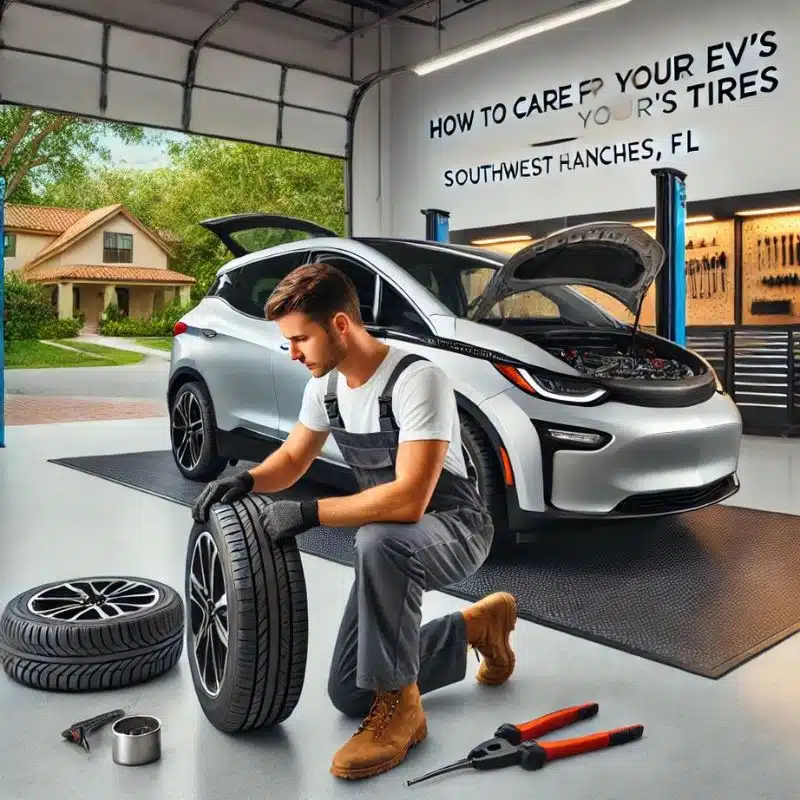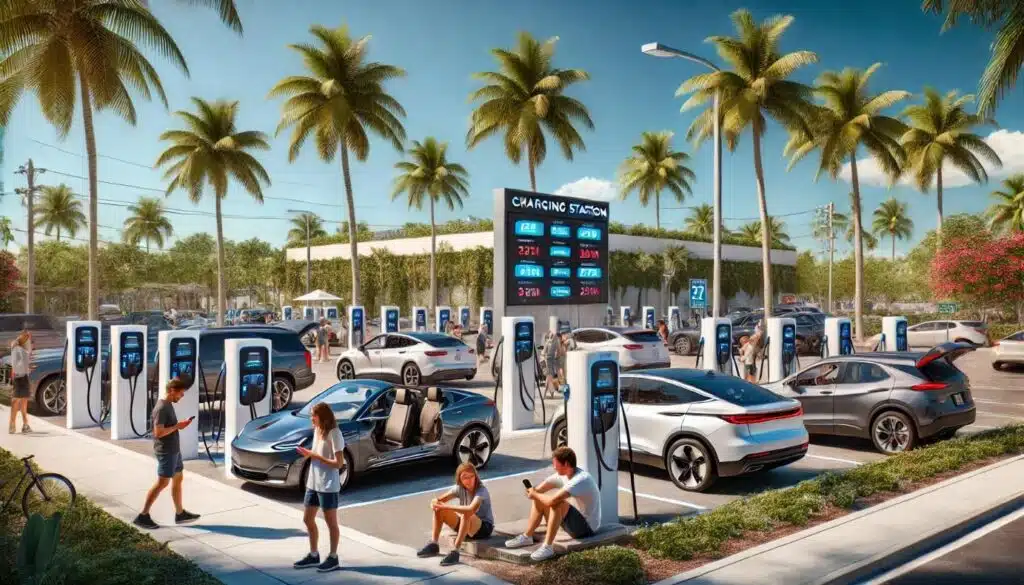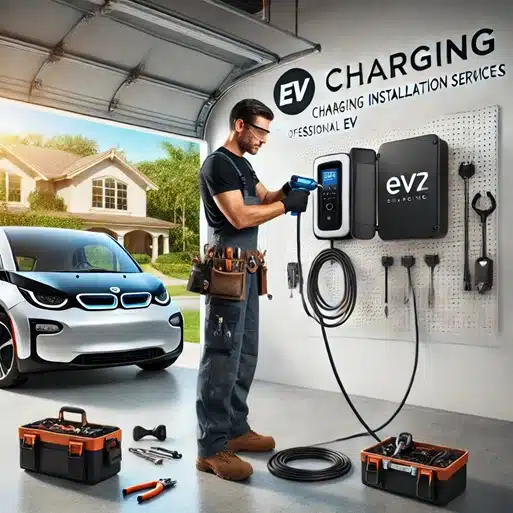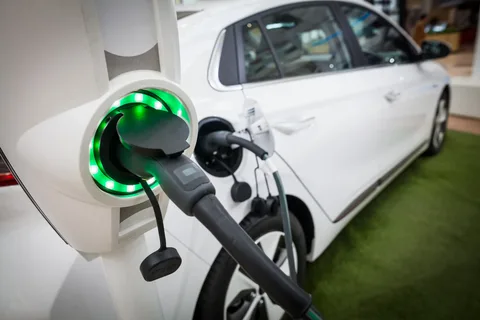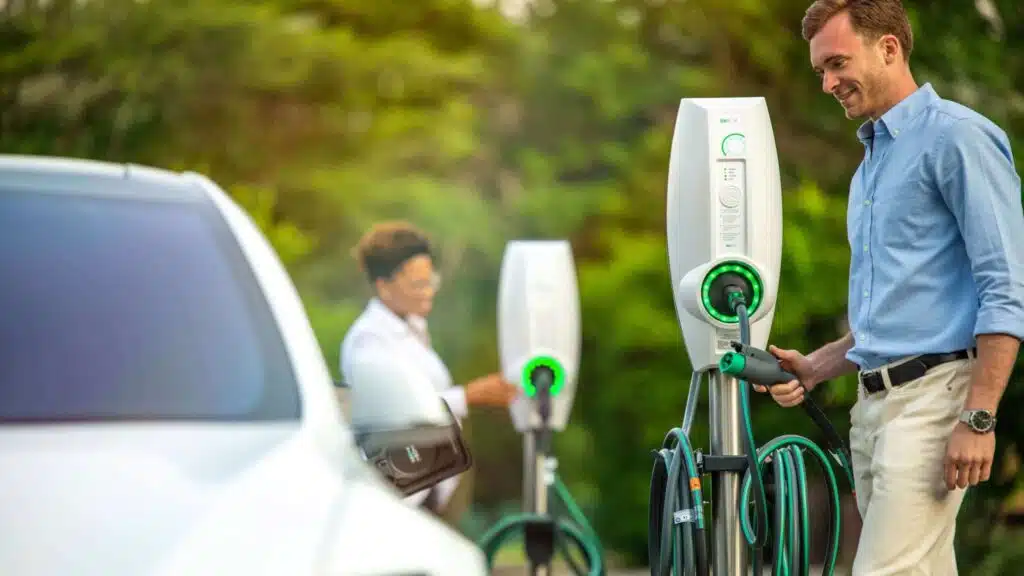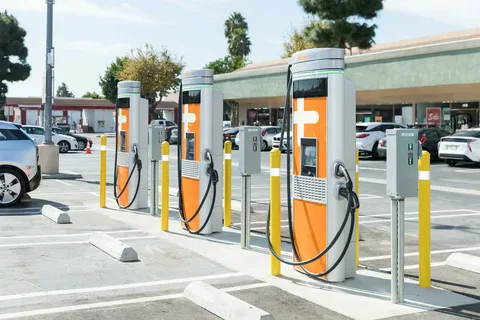Boost Condo Value: The ROI of Smart EV Charging Solutions
Unlock ROI with EV charging for condos. Learn benefits, incentives, and why EV Charging, LLC is your best partner for multifamily charger installation. Boost Condo Value: The ROI of Smart EV Charging Solutions Why EV Charging for Condos Is Now a Must As electric vehicle (EV) adoption rises, condo owners and associations face a pressing question: How do we attract residents and keep property values high? The answer is embracing EV charging for condos. Adding charging stations to multi-residential properties isn’t just about convenience—it’s becoming a market necessity. Developers, property managers, and condo associations are now viewing EV infrastructure as both a property upgrade and a smart investment. The Benefits: How EV Charging Elevates Condo Properties Attract Eco-Conscious Buyers and Tenants: EV drivers specifically seek homes with on-site charging. This opens up your property to a sizable, fast-growing demographic. Increase Property Value and Appeal: Studies show buildings with EV charging infrastructure stand out in the real estate market and drive higher lease/rental rates. Modernize Your Amenities: Add curb appeal and make your condo complex future-ready. Qualify for Tax Incentives and Rebates: Many local and federal programs help offset installation costs—improving your commercial EV charging ROI. Position Your Condo as an Eco-Leader: Sustainability isn’t just good PR—it’s a responsibility increasingly demanded by condo owners. ROI: What’s the Business Case for Multifamily EV Charger Installation? Multifamily EV charger installation is proven to deliver long-term returns. Here’s how: Premium Units: Charge higher rents or condo sale prices for EV-ready spaces. Attract and Retain Residents: Reduce turnover by appealing to a tech-savvy, upwardly-mobile demographic. Shared Revenue: Monetize station use through pay-per-charge systems. Qualify for LEED Credits: Support green certification for your buildings, which can reduce insurance and improve lending options. Common Questions Answered Can condos recover costs from installation? Yes—costs are recouped through property value boosts, increased attraction for buyers/renters, and charger-use fees. Is installation disruptive? With a turnkey solution from EV Charging, LLC, it’s minimally impactful—planned off-peak and with resident communication prioritized. Will future upgrades be difficult? Our modular solutions allow for easy expansion as demand grows. Key Steps to Implementing EV Charging for Developers and Condo Owners Assess resident demand and parking structure layout. Review incentive/rebate eligibility with a trusted partner (like EV Charging, LLC). Choose between level 2 chargers or faster DC fast chargers. Decide on an ownership and monetization model that fits your condo bylaws. Hire a certified installer for safe, code-compliant work. Why EV Charging, LLC Is Your Best EV Charging Partner Licensed Professionals: Our electricians are fully licensed and trained for multifamily and commercial installations. Quality and Safety: We adhere to national and local code compliance, ensuring safe, reliable systems for every property. Turnkey Solutions: From site analysis to permitting, design, installation, and ongoing maintenance—you get an end-to-end experience with no headaches. Get a turnkey quote tailored to your property. Experience with Condos: We have installed chargers for condo associations and multifamily communities across the region—ask for references! Future-Proofing: We make scaling simple. Start small; expand as EV demand in your building grows. Thinking About Home EV Charger Installation for Your Condo? We help residents and condo boards navigate installation—whether it’s a personal station or a shared amenity. Home EV charger installation within condo complexes requires expertise, permitting, and an understanding of shared electrical infrastructure. Let us handle the details. Ready to Make Your Condo Future-Ready? EV charging for condos isn’t tomorrow’s amenity—it’s today’s. Don’t lose out to forward-thinking competitors. Give your residents the benefit of convenient charging and boost your property’s value. Have questions about commercial EV charging ROI, code requirements, or project feasibility? Contact EV Charging, LLC today for a free consultation, or request your customized quote here. Our team is ready to help you step confidently into the EV future. Share and Stay Ahead Know a property manager or condo board considering EV upgrades? Share this post—or reach out to us today to get started! Get Your EV Charger Installed Today Reliable, professional EV charging solutions for Florida homes and businesses. Request Installation © 2025 EV Charging, LLC

